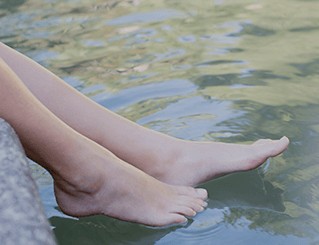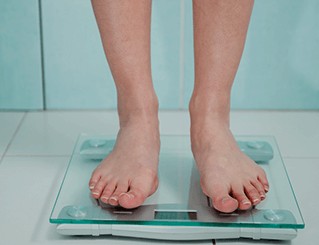What Types of Physical Activity Are Appropriate for Arthritis?
- Low-impact aerobic activities including brisk walking, cycling, swimming, yard work, spinning classes, and dancing.
- Muscle-strengthening exercises including weight training and working with resistance bands. These can be done at home, in an exercise class, or at a fitness center.
- Balance exercises including walking backwards, standing on one foot, and tai chi. Balance activities can be part of your aerobic or muscle strengthening activities.
Starting and Maintaining a Physical Activity Program
Start Low, and Go Slow
Many adults with arthritis are inactive, even though their doctor may have told them being active will help their arthritis. You may want to be more active but just don’t know where to start or how much to do. You may be worried that using your joints and muscles may make your arthritis worse. The good news is that the opposite is true, physical activity can help your arthritis!
The first key to starting activity safely is to start low. This may mean you can only walk 5 minutes at a time every other day. The second key is to go slow. People with arthritis may take more time for their body to adjust to a new level of activity. For example, healthy children can usually increase the amount of activity a little each week, while older adults and those with chronic conditions may take 3–4 weeks to adjust to a new activity level. You should add activity in small amounts, at least 10 minutes at a time, and allow enough time for your body to adjust to the new level before adding more activity.
"The first key to starting activity safely is to start low.”
Modify Activity as Needed
Remember, any activity is better than none. Your arthritis symptoms, such as pain, stiffness and fatigue, may come and go and you may have good days and bad days. You may want to stop activity completely when your arthritis symptoms increase. It is important that you first try to modify your activity to stay as active as possible without making your symptoms worse.
If you currently do some activity or feel confident that you can safely plan your own activity program, you should look for safe places to be physically active. For example, if you walk in your neighborhood or a local park make sure the sidewalks or pathways are level and free of obstructions, are well-lighted, and are separated from heavy traffic.
Talk To a Healthcare Professional
You should already be under the care of a healthcare professional for your arthritis, who is a good source of information about physical activity. Healthcare professionals and certified exercise professionals can answer your questions about how much and what types of activity match your abilities and health goals.
What Should I Do If I Have Pain When I Exercise?
Here are some tips to help you manage pain during and after exercise. Remember, talk to your doctor before starting any exercise program:
- Promptly notify your doctor of any pain you’re experiencing.
- Modify your exercise program by reducing the frequency (days per week) or duration (amount of time each session) until pain improves.
- Changing the type of exercise to reduce impact on the joints–for example, switch from walking to water aerobics.
- Do proper warm-up and cool-down before and after exercise.
- Exercise at a comfortable pace–you should be able to carry on a conversation while exercising.
- Make sure you have good-fitting, comfortable shoes.
Signs you should see your health care provider:
- Pain is sharp, stabbing, and constant.
- Pain that causes you to limp.
- Pain that lasts more than 2 hours after exercise or gets worse at night.
- Pain is not relieved by rest, medication, or hot/cold packs.
- Large increases in swelling or your joints feel “hot” or are red.
*Be sure to check with your healthcare professional to see if these physical activities are right for you.
Adapted from the CDC.gov factsheet, "Physical Activity for Arthritis" at www.cdc.gov.









